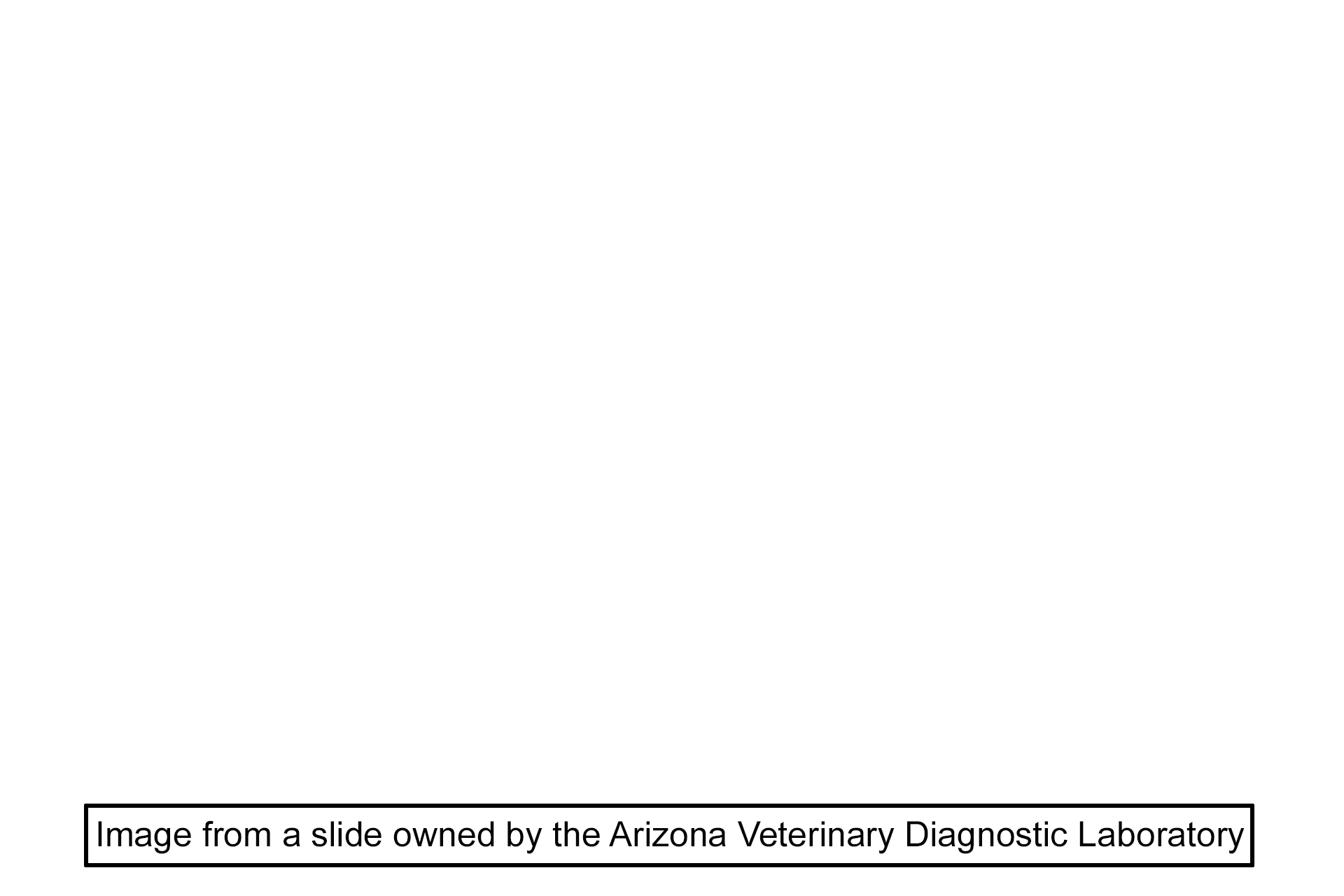
Globe: Ciliary body
The ciliary epithelium is a portion of the non-sensory retinal layer of the inner tunic. This layer lines the posterior surface of the ciliary body and its processes, before continuing over the posterior surface of the iris. Ciliary epithelium consists of two epithelial layers, with the one adjacent to the stroma being heavily pigmented. The ciliary epithelium produces the zonule fibers and secretes aqueous humor.

Ciliary processes
The ciliary epithelium is a portion of the non-sensory retinal layer of the inner tunic. This layer lines the posterior surface of the ciliary body and its processes, before continuing over the posterior surface of the iris. Ciliary epithelium consists of two epithelial layers, with the one adjacent to the stroma being heavily pigmented. The ciliary epithelium produces the zonule fibers and secretes aqueous humor.

- Ciliary epithelium: pigmented layer
The ciliary epithelium is a portion of the non-sensory retinal layer of the inner tunic. This layer lines the posterior surface of the ciliary body and its processes, before continuing over the posterior surface of the iris. Ciliary epithelium consists of two epithelial layers, with the one adjacent to the stroma being heavily pigmented. The ciliary epithelium produces the zonule fibers and secretes aqueous humor.

- Ciliary epithelium: non-pigmented layer
The ciliary epithelium is a portion of the non-sensory retinal layer of the inner tunic. This layer lines the posterior surface of the ciliary body and its processes, before continuing over the posterior surface of the iris. Ciliary epithelium consists of two epithelial layers, with the one adjacent to the stroma being heavily pigmented. The ciliary epithelium produces the zonule fibers and secretes aqueous humor.

Zonular fibers
The ciliary epithelium is a portion of the non-sensory retinal layer of the inner tunic. This layer lines the posterior surface of the ciliary body and its processes, before continuing over the posterior surface of the iris. Ciliary epithelium consists of two epithelial layers, with the one adjacent to the stroma being heavily pigmented. The ciliary epithelium produces the zonule fibers and secretes aqueous humor.

Iris
The ciliary epithelium is a portion of the non-sensory retinal layer of the inner tunic. This layer lines the posterior surface of the ciliary body and its processes, before continuing over the posterior surface of the iris. Ciliary epithelium consists of two epithelial layers, with the one adjacent to the stroma being heavily pigmented. The ciliary epithelium produces the zonule fibers and secretes aqueous humor.

Posterior iris epithelium
The ciliary epithelium is a portion of the non-sensory retinal layer of the inner tunic. This layer lines the posterior surface of the ciliary body and its processes, before continuing over the posterior surface of the iris. Ciliary epithelium consists of two epithelial layers, with the one adjacent to the stroma being heavily pigmented. The ciliary epithelium produces the zonule fibers and secretes aqueous humor.

Image source >
Image taken of a slide owned by the Arizona Veterinary Diagnostic Laboratory.